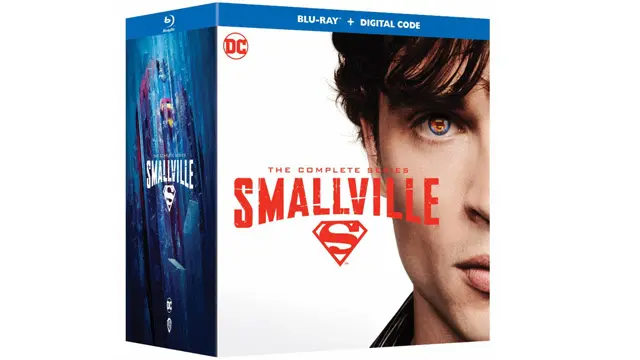Bad Times at the El Royale is a movie experience that they just don’t make anymore. Drew Goddard’s follow up to the sublime The Cabin in the Woods is a throwback film to end all throwback films, telling a story that takes place in the 1970s which would have been right at home being told in the 1990s. Goddard, who writes and directs, channels his inner Tarantino by telling a complicated tale of seven questionable people coming together one night with copious amounts violence and lengthy, heavy conversations, which Quentin Tarantino made his calling card in the last decade of the 20th century.
Bad Times at the El Royale stars Jeff Bridges, Dakota Johnson, Jon Hamm, Cynthia Erivo, Cailee Spaeny, Lewis Pullman, and Chris Hemsworth, and the star power here is never in question. Each actor portrays a character with a secret, and each end up at a hotel one fateful night when, well, bad things happen. Goddard’s script takes the time to tell each story separately, intersecting where it needs to to fill in the greater tapestry of the narrative. Sometimes, a character’s story ends in violence — shockingly — yet then they are back alive as another character’s thread is told. It’s a masterful stroke to present the story this way, and instantly pulled me back to the mid-1990s filmmaking — in a good way.
Since each character is not what they seem when we first meet them, I’ll leave the individual mysteries for you to uncover yourself, just know going in that everything is laid out on screen and each character’s arc is fully developed.
Even with the star power in play here, the true star of Bad Times at the El Royale is the hotel itself. The fictional El Royale sits directly on the borderline of California and Nevada. Split right down the middle, half the rooms are in Cali, the other half in Nevada. Each side has different state laws and the lobby features two different experiences for gambling, drinking in the bar, or eating in the cafe. It’s an interesting setting, to be sure, and Goddard uses that to his advantage.
Bad Times at the El Royale looks amazing on screen. The period is well represented and the look and feel of the early ’70s comes through like a charm. It’s more than just the costumes and the language, even the lighting helps set the tone, which says a lot. In fact, this might be the best lit film of the year, as the right lighting goes a long way in storytelling, and Goddard understands that.
The one issue that I had with Bad Times at the El Royale is the length. At 2:20, the run time feels long, as Goddard leaves nothing to chance in telling his story. Most stories are introduced with a neat title card that signifies whose story is being told, usually by the room number alone, and very late in the third act, another title card appears, which made some viewers in my screening moan, as it felt the film was just going and going. The problem is, I can’t really see where the story can be cut for time, so Goddard wrote himself into a corner from the start, and for some — myself included — the film begins to drag. This is in contrast to the jarring action and violence from the first act and the subtle storytelling in the second. Just be forewarned going in that Bad Times at the El Royale feels much longer than it is, and I say this as a fan of well-written character films.
Bad Times at the El Royale is a nice return to the storytelling of the 1990s, of which I am a huge fan of. It doesn’t sugarcoat or spoon feed anything, and the unique presentation works to create one of the better films of 2018. While it feels long in the third act, justifiably so, as a whole, the film is worth seeing and will undoubtedly become a cult classic well after its time in movie houses. I wish more filmmakers would make films this way, with the excessive dialogue and violence, as I truly miss this subgenre. With Cabin in the Woods and now Bad Times at the El Royale, Drew Goddard might be on the track to bringing it back, and that would be just fine with me.
Bad Times at the El Royale is rated R and is in theaters now.






